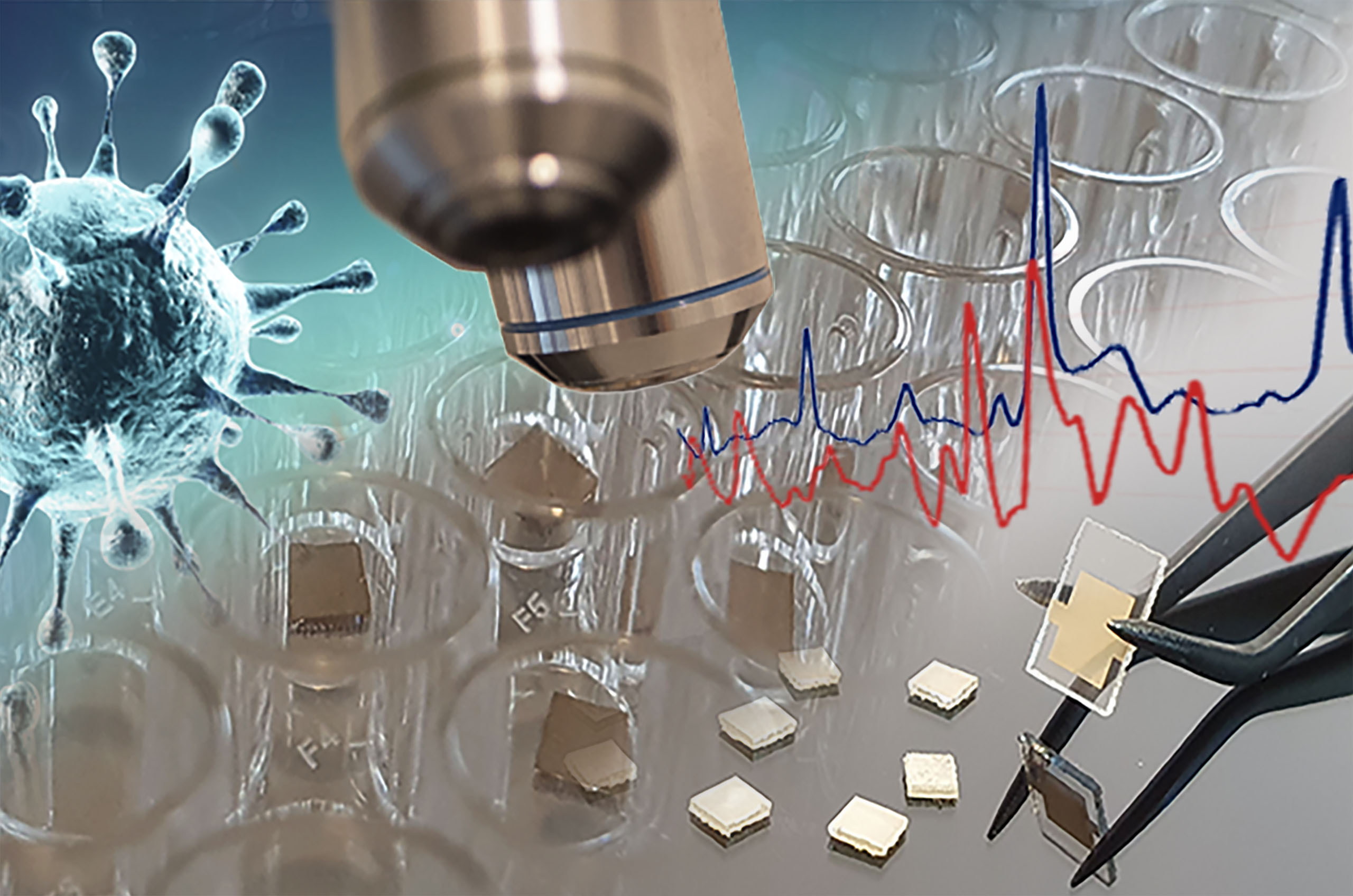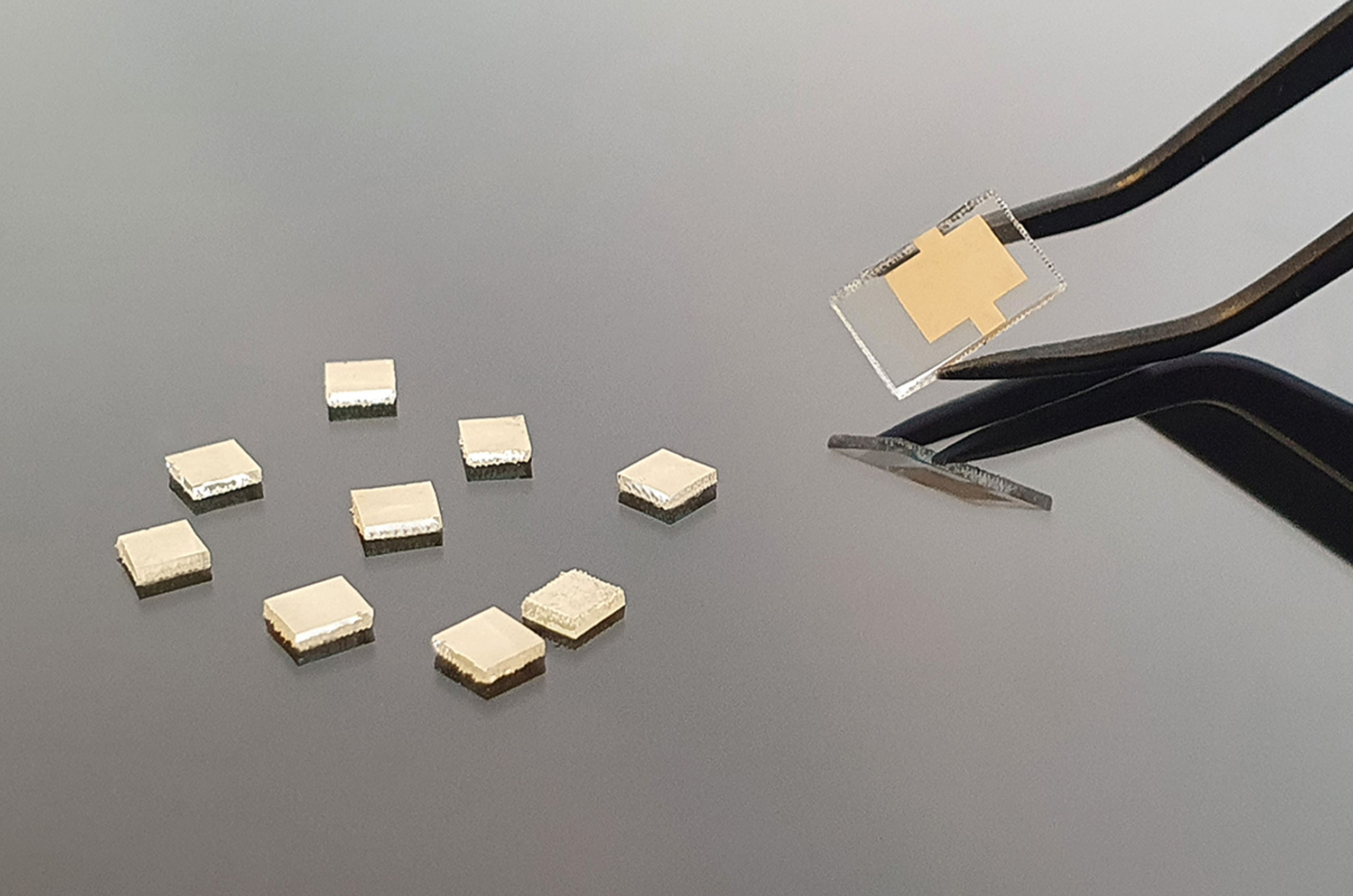Development of a commercial method to produce SERS substrates for ultra-sensitive and quick biomedical analysis
The result of the project is a novel substrate with the trade name SERSitive. By selecting appropriate physicochemical parameters and substrate sizes, it is possible to apply the surface-enhanced Raman spectroscopy (SERS) technique for diagnostic and biomedical research

 Project title
Project title
Development of a commercial method to produce SERS substrates for ultra-sensitive and quick biomedical analysis
 Name of Beneficiary/Beneficiaries
Name of Beneficiary/Beneficiaries
Institute of Physical Chemistry of the Polish Academy of Sciences
 Name of programme
Name of programme
Applied Research Programme
 Competition
Competition
PBS2/A1
 Project value
Project value
PLN 4,402,242
 Funding value
Funding value
PLN 4,376,322
 Project delivery period
Project delivery period
1/11/2013 – 31/10/2015
Meet our team


People-involved-Collage-Sersitive.svg - the team of people working on the SERSitive project
View the results of our work



What problem is addressed by the project?
The result of the project is a novel substrate with the trade name SERSitive. By selecting appropriate physicochemical parameters and substrate sizes, it is possible to apply the surface-enhanced Raman spectroscopy (SERS) technique for diagnostic and biomedical research. The proposed solution could revolutionise medical diagnostics as SERS is a fast, cheap and precise technique. It is the first such product on the SERS market. The decisive technological advantage of the SERSitive project solution is the very low detection limit - ranging from ppm (µM) to ppt (pM), the high - characterised by about 7% RSD - repeatability of results in series and the unique possibility to customise the platform for testing both in terms of hydrophilicity/hydrophobicity and the size of the platform itself. The solution enables automated testing in multi-well plate readers, applications in sensors and biosensors and so-called lab-on-chip. An additional factor that sets the product apart is the value for money. This is the result of optimising the scale of production while reducing production costs. In addition, reducing the use of harmful reagents reduces the negative impact on staff health and the environment.
Who uses the project results?
The main customers for the products obtained as a result of the project are scientists and researchers in the chemical and biological sectors who carry out rapid analyses to identify a specific substance or contaminant in the course of their research. The SERS technique, combined with the reproducible, inexpensive and sensitive media we offer, adapted to 96-well plates, is a very promising method for the rapid and non-invasive detection of pathogenic pathogens. We aim at introducing the described sensors into the biomedical and medical diagnostics sector.
What was the greatest challenge during project implementation?
The biggest challenge in the implementation of the project was to achieve a production reproducibility rate at a sufficiently high level to guarantee reliable testing while maintaining the high quality of the active surface substrates obtained. In addition, much optimisation research has been devoted to developing physicochemical parameters of the platforms, such as surface affinity to aqueous solutions and small substrate sizes, for use in biomedical research and medical diagnostics.